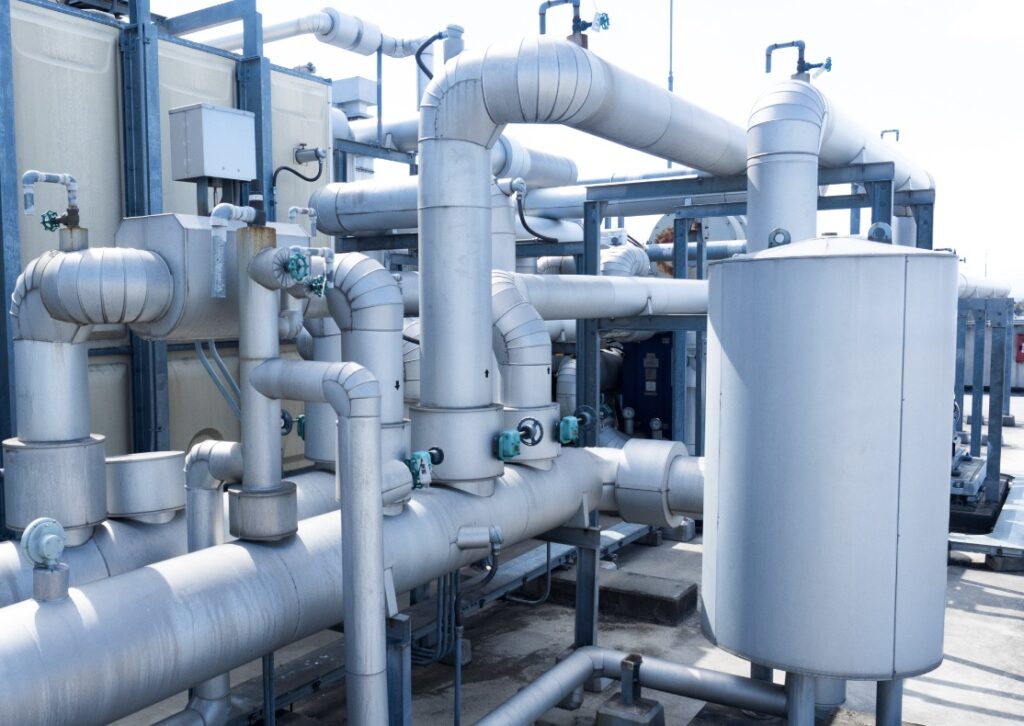By incorporating UV disinfection at various points in the water treatment system, such as at the building inlet, in water storage tanks, and at point-of-use locations, the risk of Legionella colonization and outbreaks can be significantly reduced.
However, with the advancement of UV technology, building services managers and engineers now have a powerful tool to combat Legionnaires’ disease effectively. In this blog post, we will explore how UV can reduce the chances of Legionnaires’ disease in high-rise buildings, providing occupants with a safer and healthier environment.
Understanding Legionnaires’ Disease: To combat the risks posed by Legionella bacteria, we must take proactive measures to reduce its transmission. This is especially true in high-rise buildings with their extensive plumbing, cooling towers, and hot water systems, as these conditions can enable the proliferation of this bacterium. Those infected with Legionnaires’ disease may experience anything from flu-like symptoms to deadly pneumonia, which makes prevention all the more crucial.
Ultraviolet (UV) disinfection has emerged as a highly effective method for eradicating Legionella bacteria. UV light, specifically in the germicidal range of 200 to 280 nanometers, disrupts the DNA structure of microorganisms, rendering them unable to reproduce or cause harm. When applied to high-rise building water systems, UV disinfection can provide the following benefits:
In order to reduce the likelihood of Legionnaires’ disease, owners and managers of tall buildings should follow these steps when installing UV systems:

Utilize UV disinfection for the air and surfaces of tank headspace in storage tanks.
With a multi-unit approach, building owners and managers can significantly reduce the risk of Legionella colonization and subsequent outbreaks. Moreover, UV disinfection for full facility buildings provides a sustainable and cost-effective alternative to traditional methods, promoting occupant health and safety. Embracing this advanced technology is a proactive step towards creating a healthy built environment in high-rise buildings.
UV technology in high-rise buildings offers an efficient and reliable solution to combat Legionnaires’ disease. UV can be incorporated at several points in the water treatment system. Installing it at the building’s inlet will safeguard the water entering the premises against contamination caused by any water main breaks upstream. Water storage tanks throughout the building require treatment for air at the top of the tank water. Installing UV at the point of use locations is recommended for customers with auto-immune deficiencies.
Share: